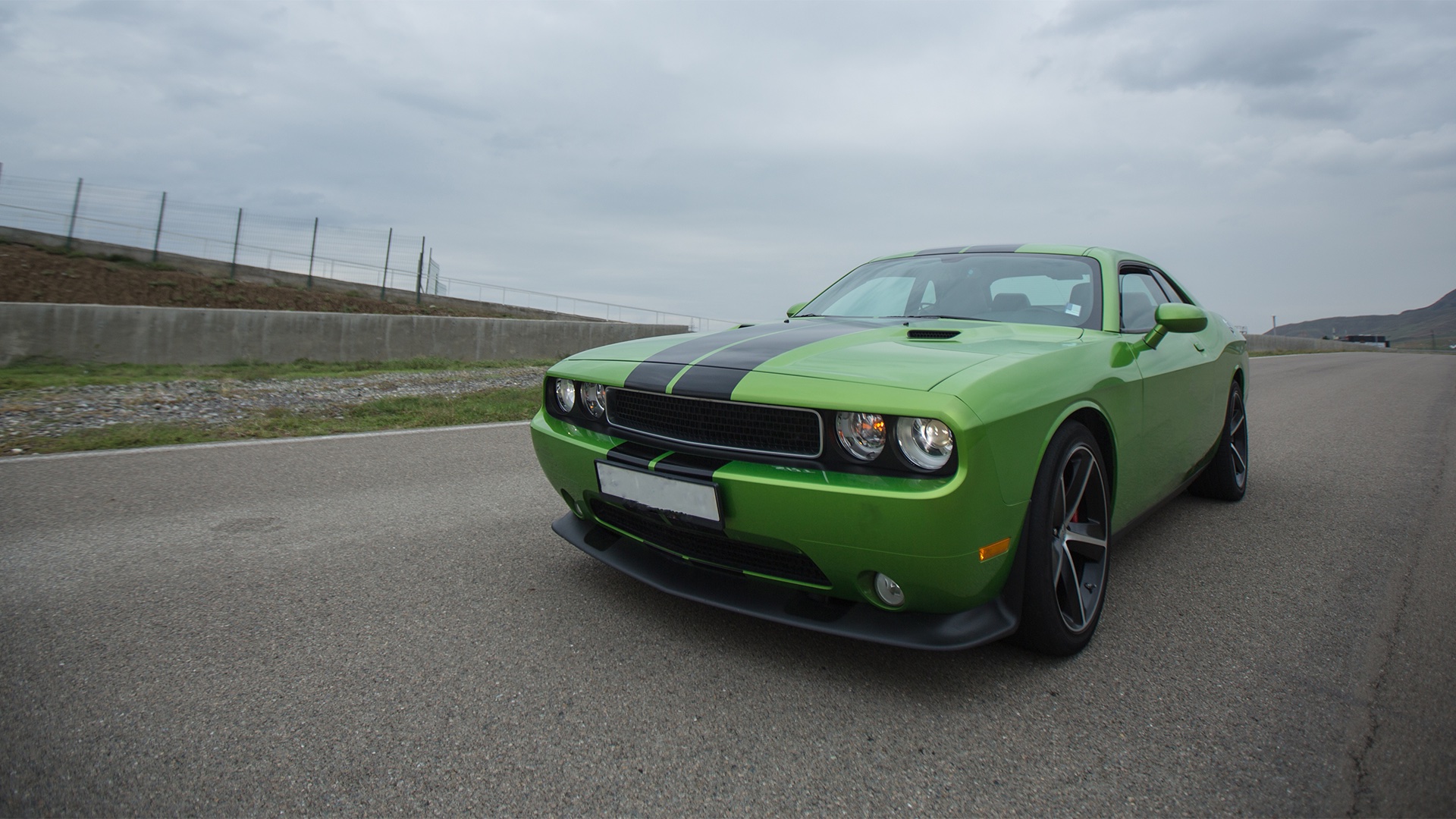

It’s the end of an era for cash-flush junior enlisted troops and the car salesmen who love them.
The end of July will mark the end of new orders for both the Dodge Challenger and Charger. Dodge announced last year that the two muscle cars would end production in late 2023, but dealers will stop taking orders for the car after July 31. In other words, there aren’t too many days left to spend a significant portion of that enlistment bonus, money saved up from a deployment, or cash that you don’t actually have on a vehicle that will in all likelihood spend most of its time sitting in a parking lot.
But there’s no shortage of dealers who will happily sell you one before the order banks close. Task & Purpose called a few car dealers to find out why the Dodge muscle cars seem to pop up so much on military bases.
“Guys are going to buy what gets them excited, and if you get back from a deployment, are you going to buy a Kia?” asked one former Army combat medic who now works in car sales in Iowa. “When you drive one of those things, you’re going to feel like a badass.”
Subscribe to Task & Purpose Today. Get the latest military news and culture in your inbox daily.
Since its revival in 2005, these Dodge cars have occupied a singular space in the hearts, and memes, of junior enlisted members. For one, unlike the Chevrolet Camaros, Ford Mustangs and all manner of gigantic trucks of the world, the Dodge cars are virtually unchanged from their introduction almost two decades ago — plenty of time to become part of the landscape on many bases. As a result, there is one vehicle that seems to consistently evoke a 19-year old in uniform with a little too much money than they know what to do with, and it’s a Dodge Charger or Challenger.
In 2019, Dodge itself announced that it had “the highest percentage of active military buyers in the industry, with Challenger and Charger having the highest percentage of active military buyers in their respective segments.”
That was the same year the company released a “Stars and Stripes” edition of the vehicles, capitalizing off its association with the military.
The ubiquity of the Charger and Challenger in barracks parking lots worldwide hasn’t gone unnoticed.
In some ways, the end of the Charger and Challenger era might be seen as the final finish line of the Global War on Terror. There have been other important signposts: the Defense Language Institute Foreign Language Center ending its courses in Pashto, the language of the Taliban in Afghanistan, in 2023, and the military now only awarding the Global War on Terrorism Service Medal for actual counter-terrorism operations. But given their mid-2000s debut and enduring status with the generation of troops who actually fought the GWOT, it easy to consider the end of the Charger and Challenger in the same vein. A symbol of a certain time and certain place.
As the old Army ballad goes, “old soldiers never die, they just fade away,” and similarly, it’s now time for the Dodge Charger and Challenger to fade away.
Of course, service members will still continue getting paid, and will still have access to car dealerships. There will always be 19-year-olds to make decisions that only seem bad with the passage of time and several calls from creditors. All of which begs the question – what car will replace the Challenger?
The latest on Task & Purpose
- What you need to know about Biden’s IRR executive order
- Vet whose service dog died after violent arrest sues police
- Did Ukraine just assassinate a Russian submarine captain with his own Strava?
- Space Force NCO faces murder charges in shooting of two teens breaking into his Hyundai
- How the Air Force ran short of money for personnel
